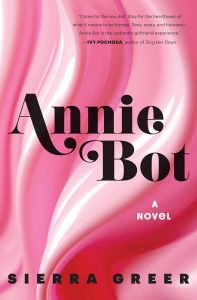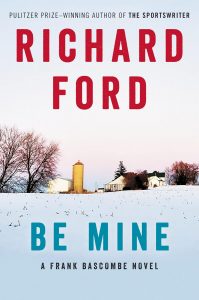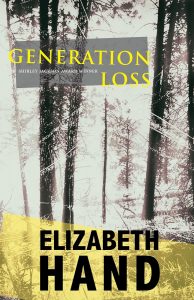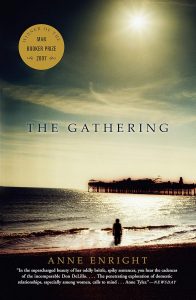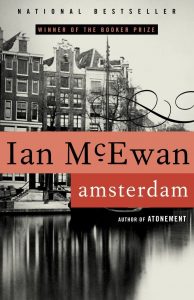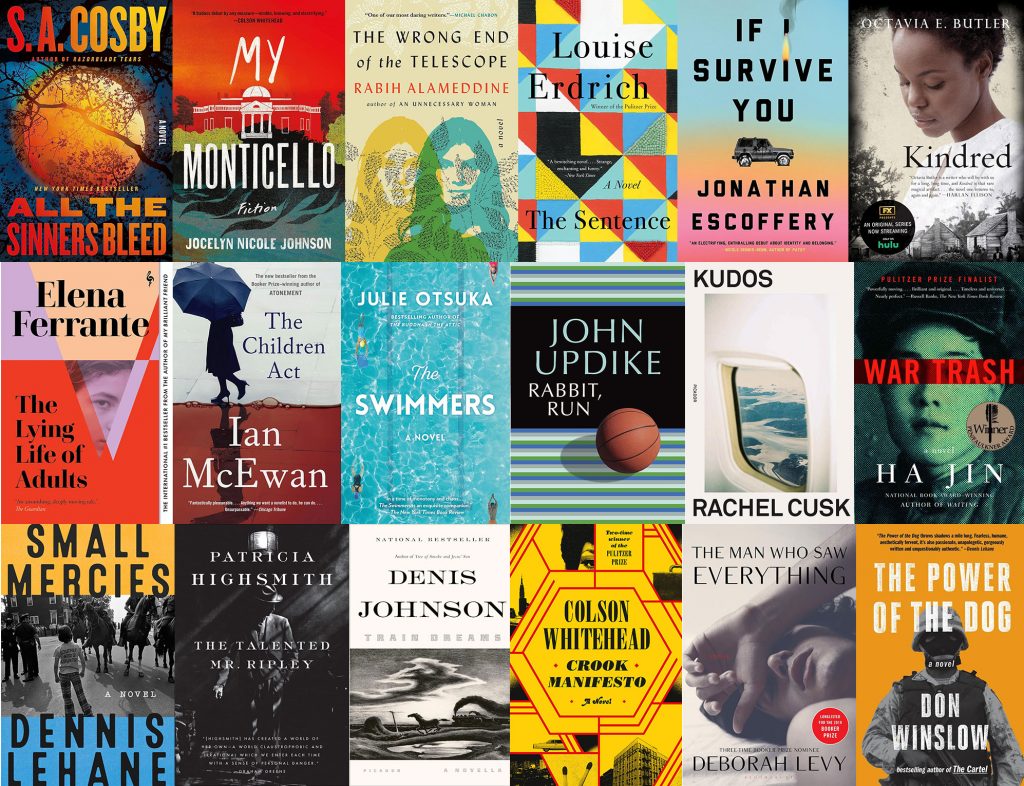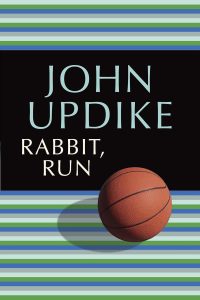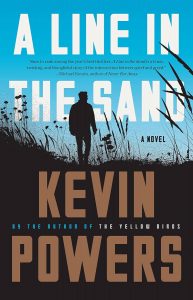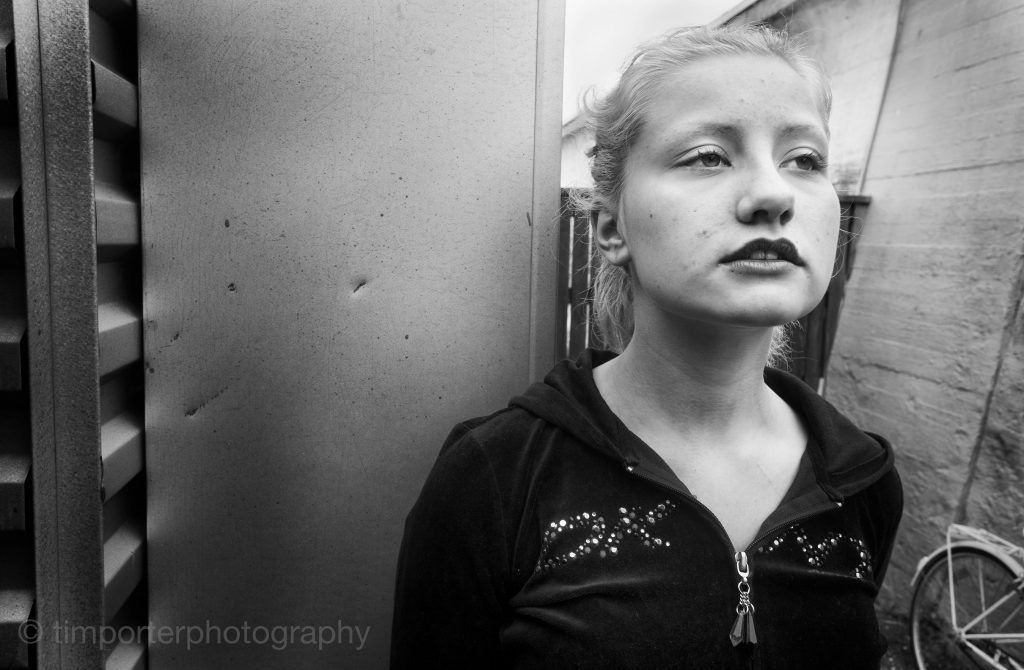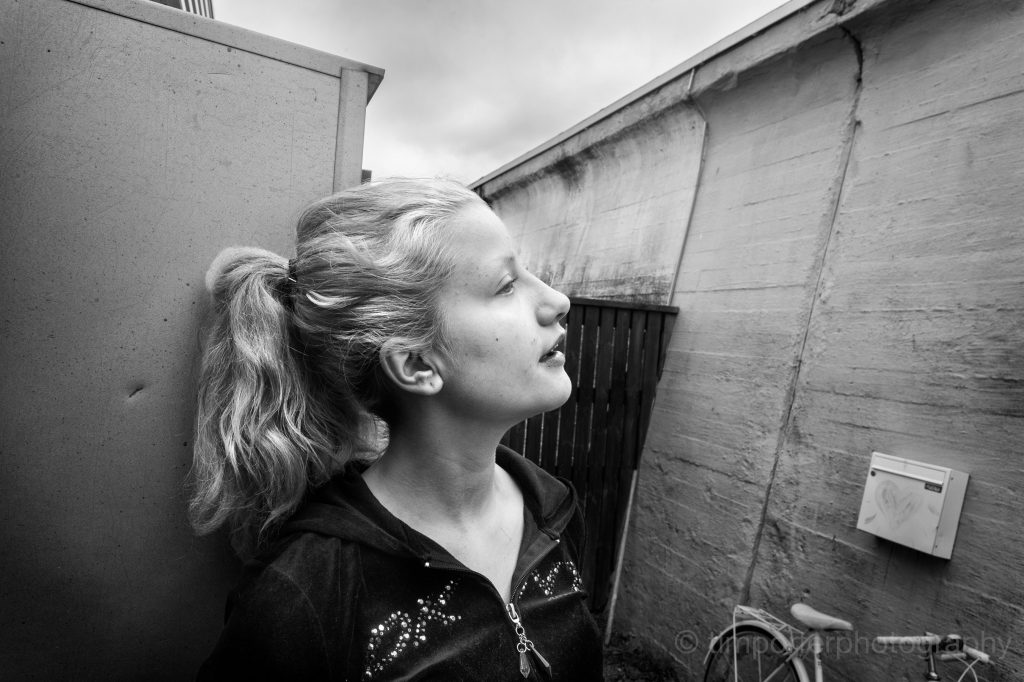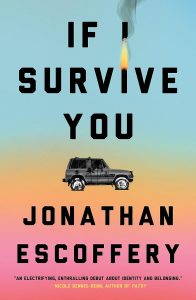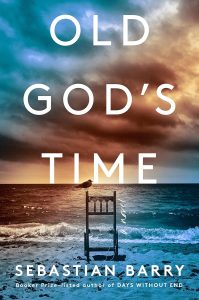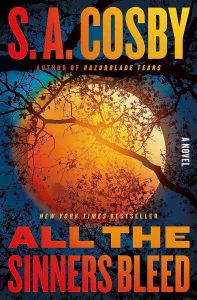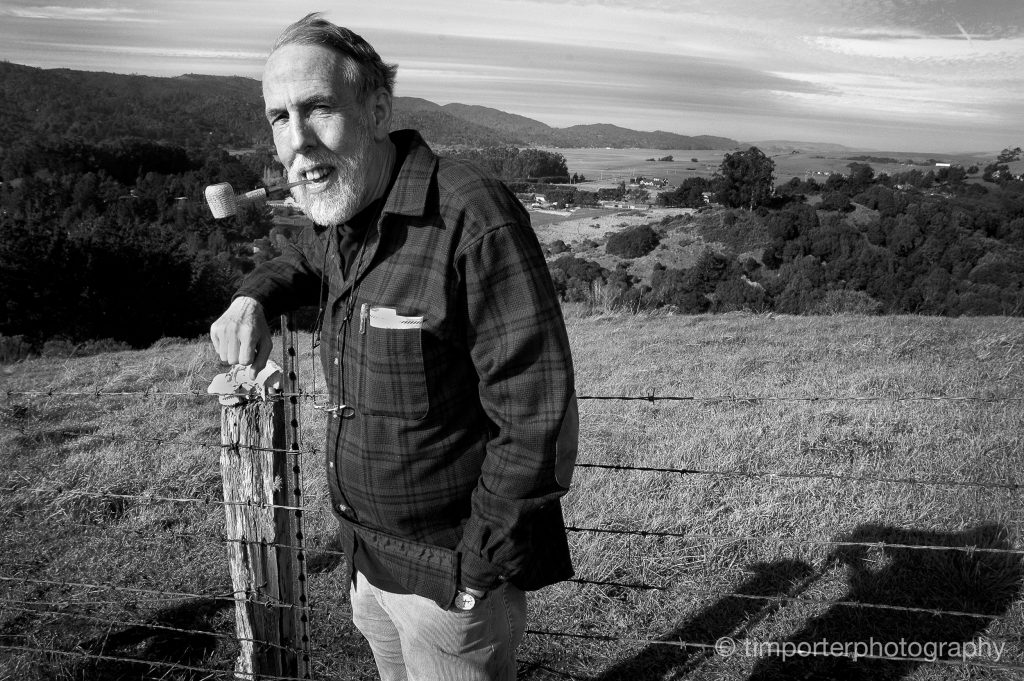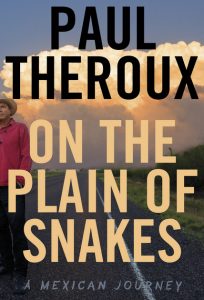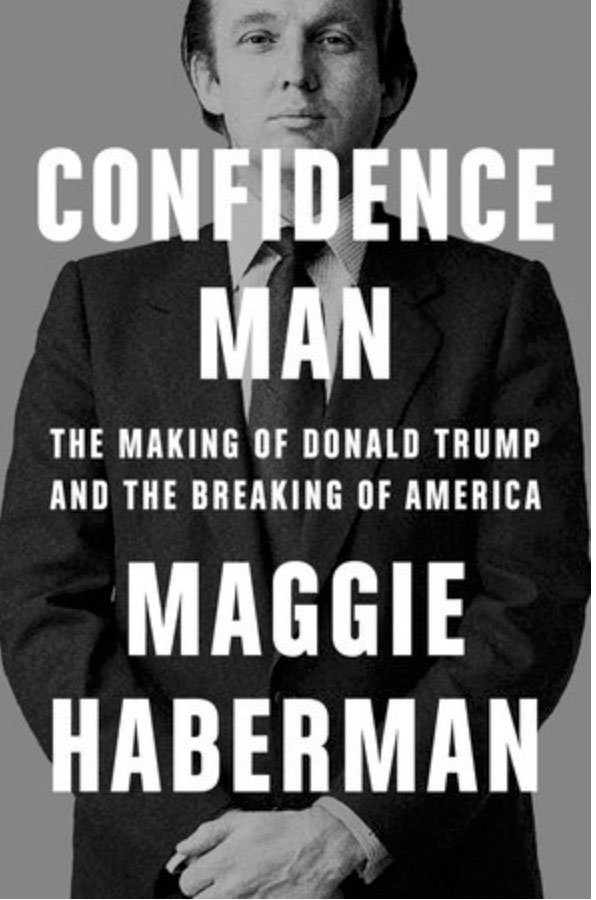This is a book of wisdoms, large and small, about the charms and challenges of Mexico, about the rewards of travel and spontaneity, and about the fierce headwinds of aging, which, unless leaned into, will blow you over.
Paul Theroux, icon of the open road, aficionado of the untrod trail, decides in his mid-70s that instead of going gently into whatever the good night might bring he will follow Kerouac, Lawrence, and Lowry into Mexico, where age garners reverence instead of disregard. “Más sabe el diablo por Viejo, que por diablo,” states a Mexican saying that captures Theroux’s attention. “The devil is wise because he is old, not because he’s the devil.”
“In the casual opinion of most Americans,” says Theroux, “I am an old man, and therefore of little account, past my best, fading in a pathetic diminuendo while flashing his AARP card; like the old in America generally, either invisible or someone to ignore rather than respect, who will be gone soon, and forgotten, a gringo in his degringolade.
“Naturally,” he continues, “I am insulted by this, but out of pride I don’t let my indignation show. My work is my reply, my travel is my defiance. And I think of myself in the Mexican way, not as an old man but as most Mexicans regard a senior, an hombre de juicio, a man of judgment.”
Alone at the wheel of his car, Theroux begins at the border, where in some places a tall steel wall rises and in others nothing more impedes passage than barbed lines of wire or a thin strand of river. He ignores all advice about safety (“everyone will give you ten reasons for not going”) and crisscrosses the political boundary that promises hope to some, but also delivers suffering and death to many others: Calexico to Mexicali, Nogales to Nogales, Naco to Naco, El Paso to Ciudad Juárez, even Laredo to Nuevo Laredo, where bullets fly as narcos kill each other and whatever innocents impede their trade.
Theroux observes, interviews, and engages – with refugees, migrants, journalists, and Trumpista Border Patrol goons. What results is perhaps the most accessible and three-dimensional report I’ve read about this 1,900-mile strip of borderland, where headlines often take precedence over humanity.
As he heads south, through more narco-lands, into the heart of Mexico City, onto Oaxaca (the city) and Oaxaca the Zapotec coast, and finally into the Zapatista compounds of Chiapas, Theroux wields the same observant eye, curious mind, and welcoming heart to immerse himself in experiences unavailable to less adventurous travelers. Theroux is both an old gringo – and a bold one.
As an American man of Theroux’s vintage, and as a cross-border “gabacho” with deep personal and professional involvement in Mexico, I loved this book in part because many of Theroux’s conclusions about the mosiacal mess that is our southern neighbor match my own.
Chief among these is his idea of “mundo Mexico” – Mexico as its own world. “Mexico is not a country,” he writes. “Mexico is a world, too much of a “mundo” to be wholly graspable, but so different from state to state in extreme independence of culture and temperament and cuisine.”
True that. When friends ask me upon my return from Oaxaca, where I am doing non-profit work, How was Mexico?, it is question that demands another interrogative: Which Mexico? Because, as Theroux demonstrates at depth, the Mexico of the Sonoran Desert is not the Mexico of the Colonia Roma, and the Mexico of the impoverished and besieged Mixteca is not the Mexico of the empowered and enriched Monterrey. Separated by distance, dollars, and dialect, these disparate Mexicos share little more than a national identity (in some places very little of that) and one other thing: the inveterate institutional and social dysfunction rooted in corruption, tradition, and self-preservation that both Theroux and I believe defines how Mexicans live.
“Mexico,” writes Theroux, “is a country of obstacles, a culture of inconvenience.” These obstacles range from “mass murder to serious hardships to mundane inconveniences.” Forty-three university students disappearing, nearly non-existent medical services for the poor, sporadic roadblocks by striking teachers, nurses, or garbage workers.
A land of obstacles. I’d not heard the country summarized with such precise succinctness. It is exactly that – which is why family and loyalty trump everything in Mexico because when no institution can be counted upon, blood and “confianza” matter most.
There are moments when the book lags (an academic pondering on Mexican writers, for example), but they are sparse. They can be endured or skimmed, but they are mere obstacles, inconveniences, that do not detract from Theroux’s telling, which is as rich and as complex as his subject matter.
On the Plain of Snakes is essential reading for anyone desirous of understanding modern Mexico.
***
Addendum: The title – On the Plain of Snakes – comes from the name of a rural village Theroux passes through, San Juan Bautista Coixtlahuaca, in the Mixteca region of Oaxaca. Coixtlahuaca means “plain of snakes” in the Nahuatl language.
Theroux points out that “the most important pre-Hispanic deity in Mexico” was Quetzalcoatl, the plumed serpent, and that the Mexican flag, which features an eagle and a snake, suggests that snakes are evil and eagles are virtuous. But, he says, quoting a Mexican writer friend, “The truth is more complicated than that. The eagles soar in the sky alone, but we Mexicans share the land with the snakes.”
